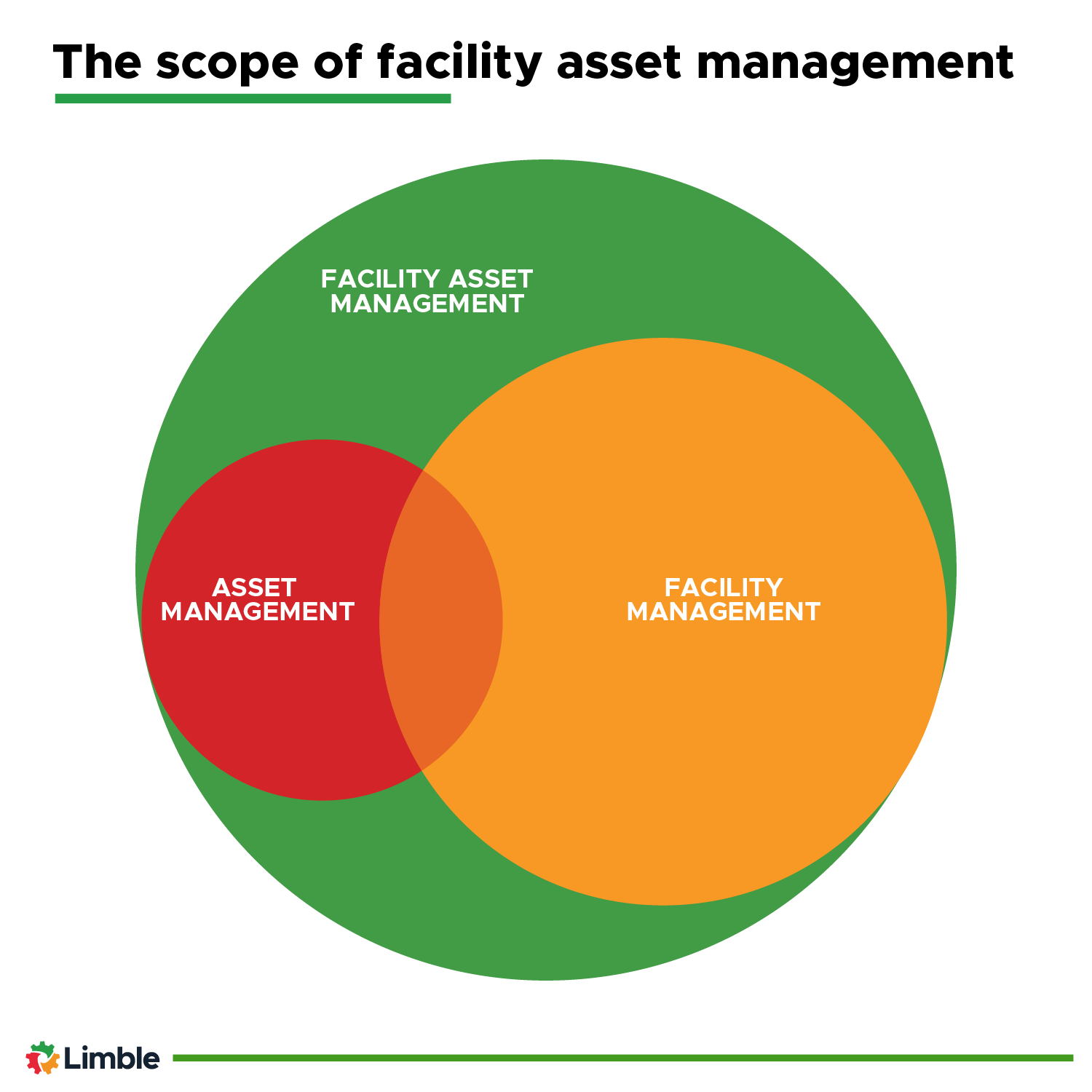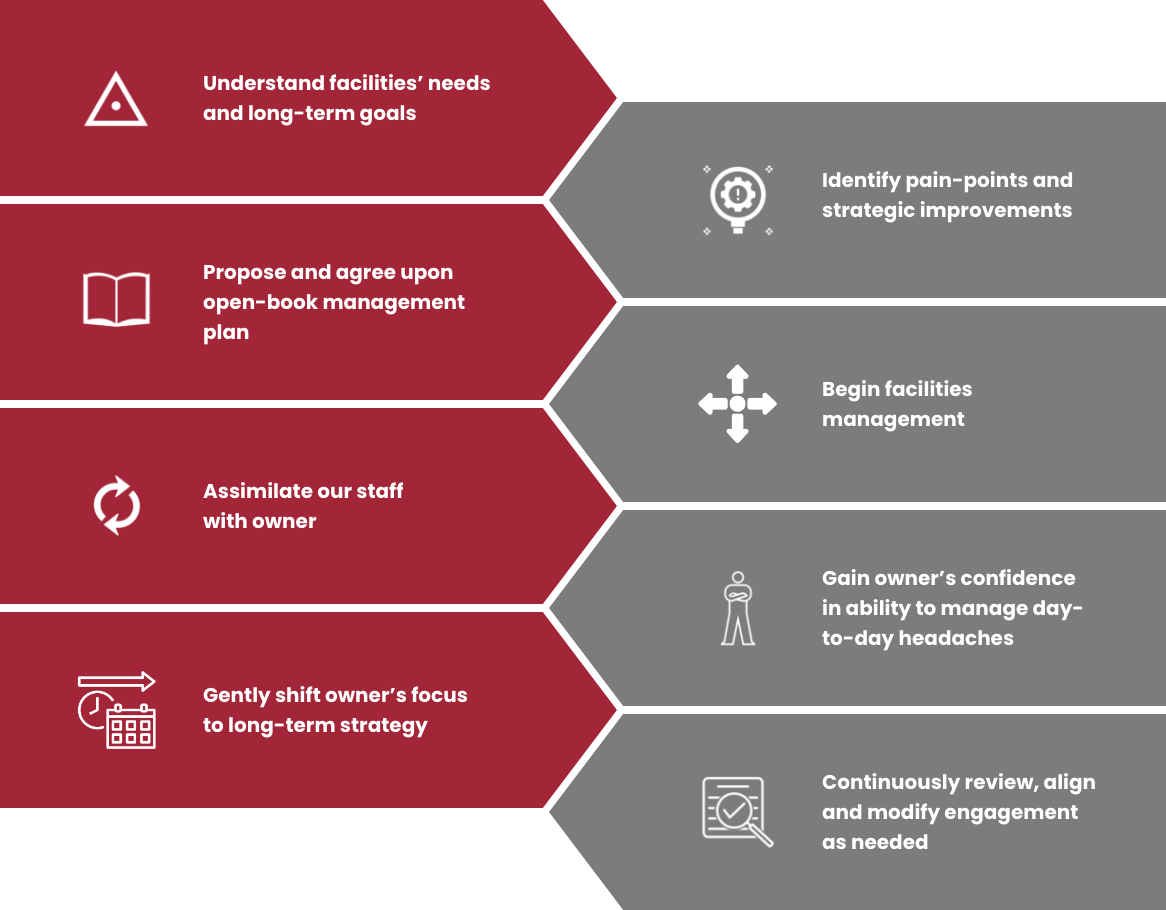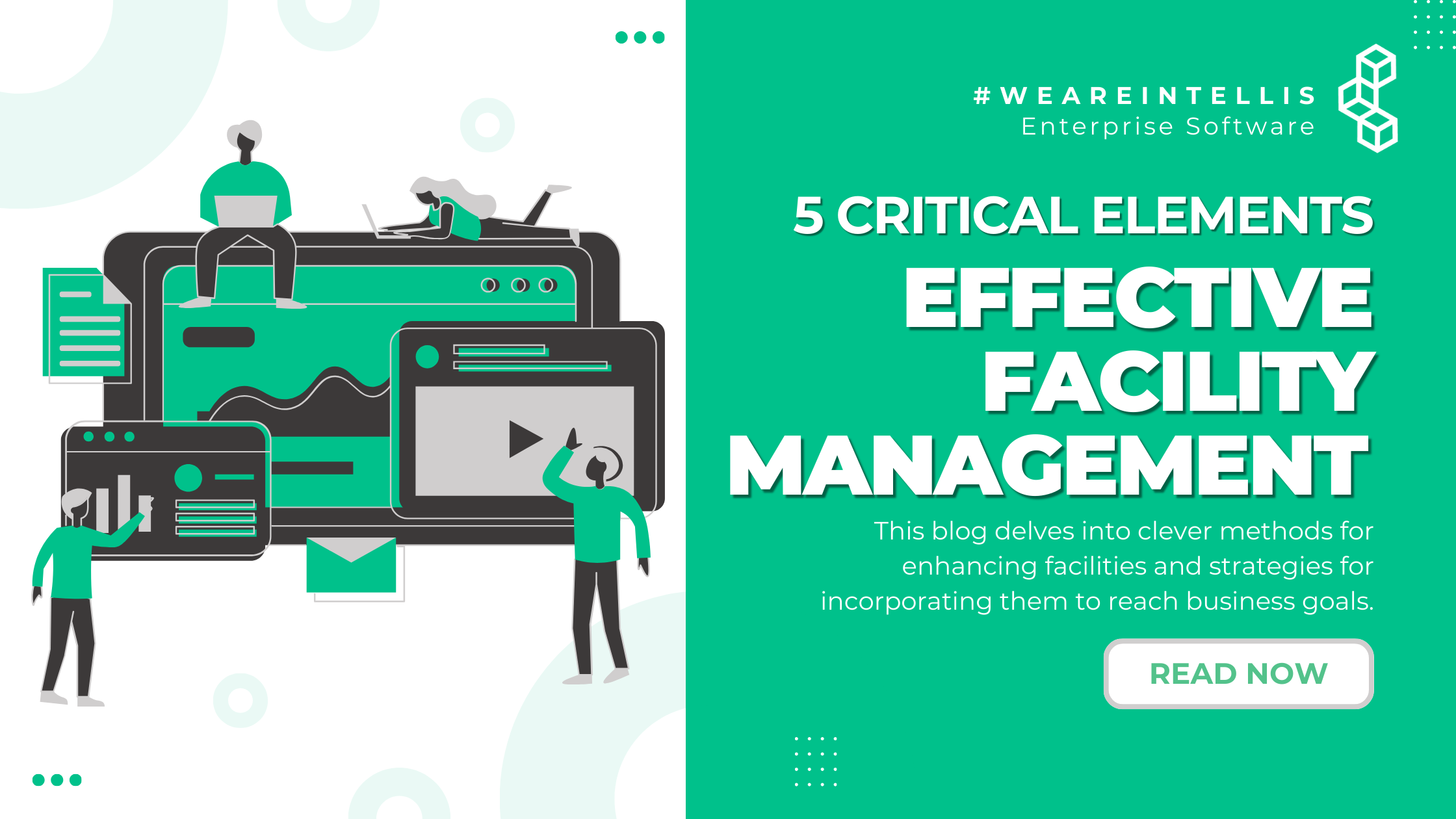Comprehensive Guide to Facility Management for Services
Wiki Article
The Crucial Overview to Center Monitoring: Approaches for Success
Facility administration plays a crucial function in the total success of a company, serving as the foundation that sustains productivity, effectiveness, and security. The nuances of reliable facility management prolong beyond simple logistics and call for a comprehensive understanding of both quantitative and qualitative metrics.Comprehending Center Management
What constitutes effective facility management? Effective facility management encompasses the coordination of various business features to make certain that constructed settings are secure, reliable, and for efficiency. It incorporates the principles of service, engineering, and architecture management to develop a smooth operational flow within a company.Crucial element of center management include area preparation, upkeep monitoring, and conformity with health and safety and security policies. Area preparation concentrates on maximizing the use of physical resources to support organizational goals, while maintenance administration guarantees that centers are maintained in ideal problem, making the most of life expectancy and minimizing functional expenses. Conformity with regulative and legal criteria is critical, as it safeguards the organization against potential liabilities and enhances its reputation.
Furthermore, efficient center monitoring depends on the critical use modern technology, such as Structure Administration Solution (BMS) and Computer-Aided Facility Management (CAFM) devices. These innovations promote real-time monitoring of building systems and streamline maintenance processes (Facility Management). Ultimately, a comprehensive technique to facility management not just advertises functional performance but also cultivates a favorable environment for employees and site visitors alike, driving total organizational success

Key Approaches for Optimization
Optimizing facility monitoring requires a calculated strategy that aligns operational exercise with business objectives. To accomplish this, the initial key technique is the execution of incorporated technological services. Using innovative software systems enables for real-time surveillance of center operations, helping with data-driven decision-making and enhancing total performance.Second of all, regular assessments of facility efficiency are important. Carrying out routine assessments and audits allows center supervisors to recognize locations that require renovation, ensuring that resources are allocated efficiently. This aggressive method assists in decreasing downtime and boosting solution distribution.
An additional essential approach is cultivating cooperation throughout divisions. By motivating open interaction between teams, facility supervisors can much better straighten their methods with organization objectives, causing enhanced operational synergy. Additionally, involving personnel in training programs promotes a culture of liability and improves their ability to add to optimization initiatives.
Enhancing Security Protocols
Strengthening safety and security methods is necessary for producing a protected environment within centers. A detailed security protocol not just secures site visitors and employees yet likewise enhances functional efficiency. Facility Management. To attain this, center managers have to carry out regular threat assessments to recognize prospective hazards and make sure that appropriate actions are in area
Additionally, clear communication channels must be developed to report safety and security problems promptly. This includes developing an available platform for employees to articulate possible threats or cases without anxiety of . In addition, leveraging technology can enhance precaution; as an example, carrying out monitoring systems and gain access to controls helps monitor center tasks and restrict unauthorized entry.
Last but not least, compliance with regional regulations and market criteria is non-negotiable. Regular audits and evaluations of safety and security procedures make certain alignment with present laws and finest techniques. By prioritizing these methods, center managers can grow a culture of safety and security that safeguards all stakeholders and inevitably adds to the company's success.
Improving Work Environment Environment
A favorable workplace setting dramatically improves staff member morale and performance, making it an essential focus for center management. To develop such an environment, center managers need to prioritize numerous essential components, including functional designs, aesthetic appeals, and staff member engagement.Ergonomic factors to consider are necessary to lessen physical strain and pain. This entails providing flexible furnishings, proper illumination, and ample space for motion. These changes can lead to decreased absence and raised task complete satisfaction.
Aesthetic appeals play a vital role in shaping the work environment ambience. Making use of shade psychology, natural lighting, and greenery can cultivate a promoting and welcoming atmosphere. Attentively created rooms can enhance creative thinking and improve overall well-being.
Moreover, encouraging worker engagement through comprehensive decision-making processes can improve the feeling of possession and belonging. Collecting comments on work environment renovations and including staff members in the layout procedure can cause a much more tailored atmosphere that meets their needs.
Lastly, promoting health campaigns, such as health cares and relaxation areas, can additionally add to a supportive workplace society. By concentrating on these methods, facility supervisors can properly boost the office environment, driving both employee complete satisfaction and organizational success.
Determining Success in Facilities
Measuring success in center monitoring needs browse this site an extensive approach that reviews both qualitative and quantitative metrics. Measurable metrics normally include key efficiency signs (KPIs) such as space utilization rates, energy intake, maintenance costs, and tenancy levels. These metrics supply a clear image of functional effectiveness and financial efficiency, allowing center managers to recognize areas for renovation and benchmark versus industry criteria.Qualitative metrics, on the other hand, concentrate on individual complete satisfaction and staff member engagement. Studies and feedback systems can gauge exactly how well the centers meet the requirements of occupants, assisting to analyze the overall office setting. This element is crucial, as a pleased labor force is frequently connected to raised productivity and retention prices.
To properly measure success, facility supervisors should also consider integrating technology, such as building administration systems and information analytics devices, to collect and evaluate appropriate information. Routinely examining both collections of metrics permits an extra balanced view of performance and notifies calculated choices. Inevitably, an effective facility management technique rests on a commitment to constant enhancement, ensuring that both operational efficiencies and user complete satisfaction are focused on.

Conclusion
Extra resources Finally, reliable facility management is critical for boosting business performance. By applying incorporated technological remedies, carrying out normal evaluations, and fostering cooperation across divisions, organizations can attain ideal source appropriation and functional efficiency. Focusing on safety procedures and improving work environment environments additionally add to boosted employee fulfillment. Finally, determining success through both qualitative and quantitative metrics enables continuous enhancement, inevitably resulting in lowered operational expenses and an extra productive business ambience.Center monitoring plays a crucial function in the general success of a company, offering as the foundation that supports performance, performance, and safety.Trick components of center administration consist of area planning, maintenance management, and compliance with wellness and safety laws.Furthermore, reliable center administration counts on the strategic usage of modern technology, such as Structure Administration Systems (BMS) and Computer-Aided Center Monitoring (CAFM) tools. Ultimately, a comprehensive strategy to center administration not only advertises operational effectiveness however also cultivates site here a favorable environment for visitors and staff members alike, driving general organizational success.
Inevitably, an effective facility monitoring approach pivots on a commitment to continual improvement, making sure that both functional performances and individual complete satisfaction are prioritized.
Report this wiki page